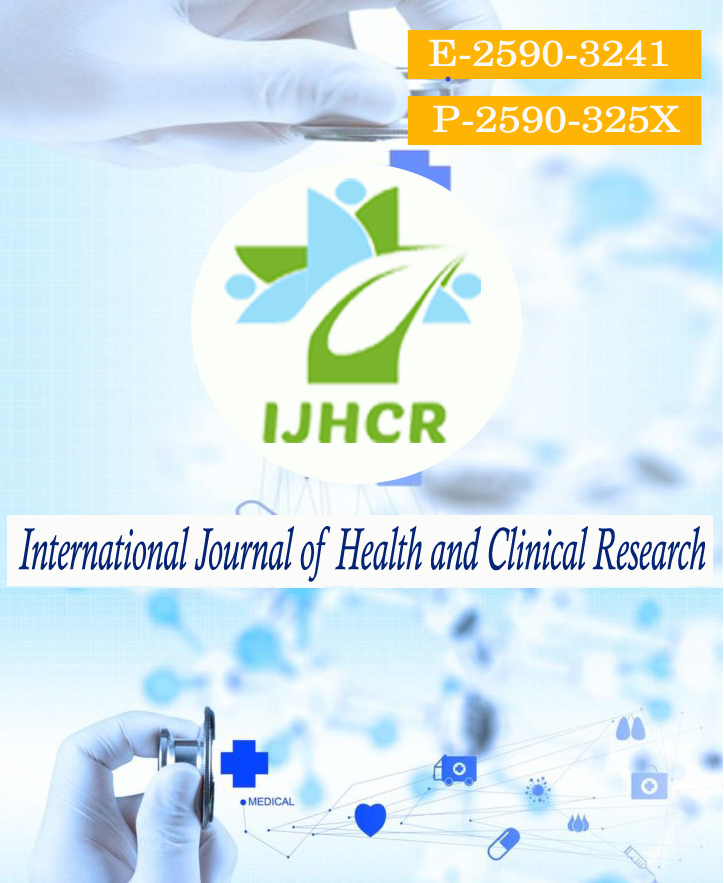Bile spillage during laparoscopic cholecystectomy: Risk factors and increased post-operative morbidity
Keywords:
Laparoscopic cholecystectomy, Bile spillage, Gall Bladder Perforation, Surgical Site InfectionsAbstract
Introduction: Laparoscopic cholecystectomy has become the “gold standard” for the management of symptomatic cholelithiasis. Bile spillage is common due to perforation during dissection of the gallbladder bed, injury during retraction with grasping forceps and during specimen retrieval. We evaluated the risk factors and presumed that bile spillage increases the risk of immediate post-operative morbidity. Method: 60 Patients of symptomatic cholelithiasis admitted to JNMCH, Aligarh for laparoscopic cholecystectomy from 04/2021 to 09/2021, were prospectively included. We compared those who had bile spillage during the operation to those who did not. Our aim was to find out the risks of bile spillage and rate of early post operative complication due to bile spillage in both the groups. Results: Bile was spilled intraoperatively in 36 patients (60.0%), with hydrops noted in 5 (8.3%) and empyema in 10 (16.6%) of them. In 9 (15%) out of 60 patients, BS was accompanied by stone spillage. Patients with BS were older and were more frequently male. Conversion to open was more likely in operations with BS (14% vs 4%). Bile spillage was associated with a higher risk of postoperative abdominal pain, tenderness, paralytic ileus and SSI rate (8 % vs 2%, p = 0.001) and longer hospital stay (median of 3 vs 2 days, p < 0.001). Conclusion: Bile spillage should be anticipated in presence of risk factors and is associated with increased risk of post operative morbidity. Surgeons should try to avoid it during laparoscopic cholecystectomy.
Downloads
Published
How to Cite
Issue
Section
License
Copyright (c) 2022 Mohammad Atif Ansari, Mohammad Nafees Ahamad, Sadiq Husain, Maikal Kujur

This work is licensed under a Creative Commons Attribution 4.0 International License.






 All articles published in International Journal of Health and Clinical Research are licensed under a
All articles published in International Journal of Health and Clinical Research are licensed under a 